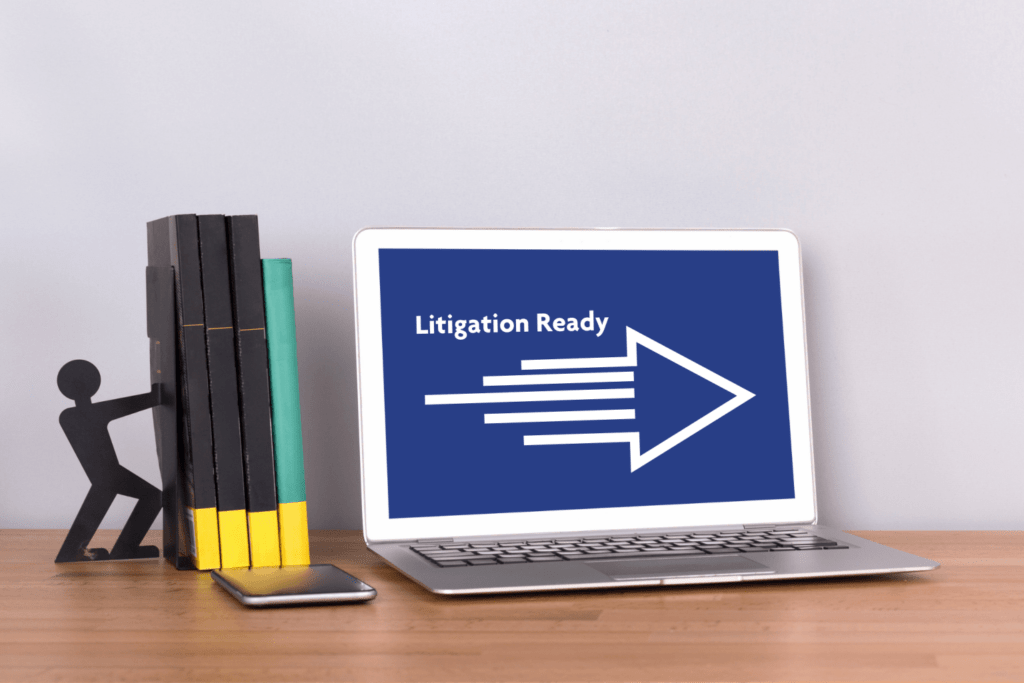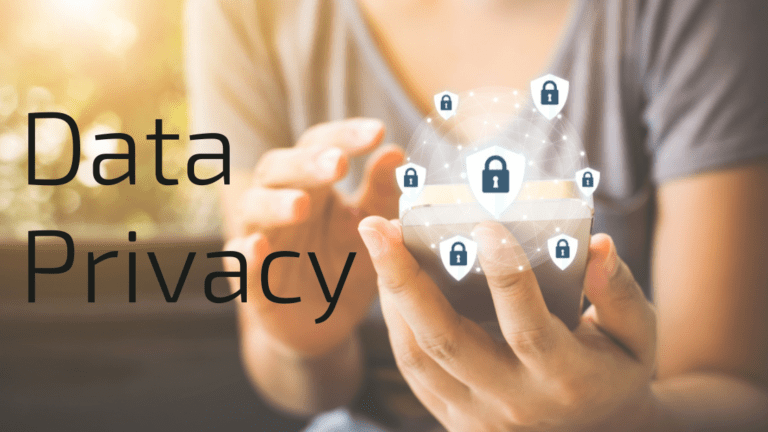Having spent more than 20 years in the eDiscovery and technology industry as both in-house and in an outside advisory capacity in the EU, I have seen many ways organizations develop & manage their eDiscovery programs. Not all eDiscovery programs are the same and it’s important to categorize the type of program in order to advise on critical improvements to determine what is the best approach for your organizations.
I find there are two main camps of eDiscovery programs: Ad-Hoc eDiscovery Programs and Litigation Ready eDiscovery Programs. Let’s take some time to look at both of these approaches and see how they impact an organization’s eDiscovery program.
Ad-hoc eDiscovery is treated as an unplanned exercise that may happen 1-5 times per year and involves departments or functions that do not communicate on regular basis. This reactive approach can be very painful and expensive for the organization.
Organizations with an Ad-hoc mindset typically react when asked to discover unstructured information in email, SharePoint, or other data sources. Since the departments don’t have a centralized response approach, the people involved are often overwhelmed with the request and there is a feeling of the house is on fire. Ad-hoc programs usually rely heavily on their outside counsel to drive approach and decisions as well as pay a premium on their eDiscovery projects.
Litigation Ready eDiscovery is for organizations that typically deal with 10 or more complex cases throughout the year that often have the same departments or people involved in similar matters.
Litigation Ready programs understand that eDiscovery is a business process enabled by technology with the focus on reducing risks and controlling spend. I find Litigation Ready programs have their overall year-over-year eDiscovery spend reasonably predictable even as the number of matters increase.
I found there are some common elements with organizations that develop a Litigation Ready eDiscovery Program.
- eDiscovery Playbook—A documented workflow that outlines “Your Way” of doing eDiscovery including:
- How data is collected and preserved;
- How legal holds are implemented and managed;
- A high-level data map;
- End-to-end data workflows all the way through review;
- Document review approaches, and
- Case close-out and data disposition.
There are several other areas that can be included depending on the organization, but these are foundational areas to cover.
- eDiscovery “General”—A person hired or appointed to be the point person for eDiscovery issues and decisions. In smaller organizations, this role can be outsourced to a trusted advisor to coordinate the internal eDiscovery efforts when it does not make sense to hire a full-time resource.
- Direct Provider and Law Firm Relationships—Direct relationships help reduce risks through established workflows as well as reduce overall cost through proven efficiencies.
- Advanced Review Technologies—Using analytics and data filtering tools throughout the EDRM workflow significantly reduces the downstream attorney review costs.
- Data Consolidation—Data sources that are scattershot over the technology ecosystem adds a layer of complexity for data identification and collection which can make eDiscovery an expensive endeavor. Litigation Ready programs develop strategies to consolidate data (keeping in mind global data privacy concerns) and create repeatable preservation and collection workflows. Technologies like Microsoft 365 and Google Workspace are examples of technologies organization use to consolidate data.
Understanding your overall eDiscovery program objectives is critical to the long-term success for reducing risks and costs. Not every company will have an eDiscovery program like those in highly regulated industries or ones in serial litigation. Defining what a successful eDiscovery program looks like for your organization then implementing the foundational Litigation Ready recommendations provide a solid basis.
What do you think about your organization’s approach? Are you Litigation Ready?




